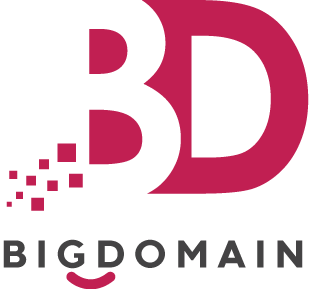In the competitive landscape of online visibility, mastering on-page SEO techniques is very important. It is totally proven that SEO will affect your appearance online. You can be on top of those who are posting the same information or services that you shared. With search engines becoming smarter by the day, you need to make sure your content follow the requirement in getting the best SEO result. In this blog post, we will share an effective method specifically focusing on-page SEO techniques. Hence, will ensure you to get a high website’s visibility and you can climb the search engine rankings ladder with ease.
Keyword Research and Optimization
Before you start your SEO journey, it is essential to go through keyword research that focus on your post. Keywords are truly the key in getting the best SEO result. Start by identifying relevant keywords. You can use tools like Google Keyword Planner, SEMrush, or Ahrefs that will help you discover keywords that align with your content.
Strategic Placement: Once you have your keywords, strategically place them in your content. Include them in your title tag, meta description, URL, and within the content itself. However, remember that keyword stuffing can harm your rankings, so ensure that keywords appear naturally.
Crafting Compelling Content
Creating valuable, engaging, and user-focused content is the backbone of on-page optimization. Not only does well-crafted content attract users, but it also keeps them engaged and encourages them to spend more time on your site. Additionally, longer-form content tends to perform well in search results, so consider in-depth guides, tutorials, and comprehensive articles.
Heading Hierarchy: Structuring your content with proper headings (H1, H2, H3, etc.) improves both readability and SEO. Use the H1 tag for the main title and incorporate H2 and H3 tags for subheadings. This not only breaks up your content but also helps search engines understand the hierarchy of information.
Optimizing Title Tags and Meta Descriptions
Title tags and meta descriptions are your content’s first impression in search results. Craft a compelling title tag that accurately describes the content while including your target keyword. Similarly, the meta description should provide a concise summary of what readers can expect from the page. A well-crafted meta description can improve click-through rates and entice users to visit your site.
Structuring URLs and Headers for SEO
Your website’s URL structure should be clean, descriptive, and user-friendly. Avoid using dynamic URLs with numbers and symbols. A descriptive URL gives users and search engines a clear idea of what the page is about.
Enhancing SEO with Images and Links
Using images not only affect your post attraction but also increase your SEO level. Use descriptive file names and add alt text to images, providing context for search engines and improving accessibility for users.
Internal and External Links: Internal links connect different pages within your website, improving navigation and distributing link equity. External links to authoritative sources can enhance your content’s credibility. However, ensure that linked content is reputable and relevant to your topic.
Mobile Optimization and Page Speed for Better Rankings
With mobile devices dominating online access, mobile-friendly design is no longer optional. Ensure that your website and its pages are mobile-responsive for a seamless user experience across devices.
Page Loading Speed: Make sure your page can be surf smoothly despite a heavy traffic so people will not hesitate to go through your site. This can be done by optimizing images, enable browser caching, and minimize unnecessary scripts to enhance page loading speed.
Conclusion
In the ever-evolving world of SEO, mastering on-page techniques is essential for improving your website’s search rankings and attracting organic traffic. By strategically conducting keyword research, creating high-quality content, optimizing title tags and meta descriptions, structuring URLs, using header tags, and implementing other on-page SEO techniques, you can create a solid foundation for your website’s success. As search engines continue to refine their algorithms, staying updated with the latest trends and best practices will empower you to maintain and improve your online visibility.
You can read more on SEO improvement strategies that will truly help your SEO game. Remember, on-page SEO isn’t just about pleasing search engines; it’s about providing valuable, user-centric content that meets the needs of your audience.
Get 60 second online audit FREE with us NOW!!!
https://go.bigdomain.my/seoauditemail





